West Bank, MINA – Palestinian-Israeli conflict heats up again after Prime Minister Netanyahu’s plan to annex the Palestinian territory on the West Bank region on July 1.
The plan also reaped a lot of criticism from various countries, especially Arab countries.
If the annexation really happens, Palestine will declare an independent state, while Hamas is ready to wage war.
What is the West Bank area like to make Israel want to annex?
Also Read: Sheikh Muhammad Amin al-Husseini: The Palestinian Mufti in Indonesia’s Independence History
The West Bank is the former British mandate in Palestine occupied by Israel after the 1967 Six Day War.
In addition to the West Bank, Israel also occupied two other important territories after winning the war, namely the Golan Heights in Syria and Gaza which was once controlled by Egypt.
Reporting from the BBC, Thursday (June 22), the West Bank is inhabited by about 2.1 million to 3 million Palestinians.
The area (besides East Jerusalem) is also home to some 430,000 Jewish Israelis living in 132 settlements and built under Israeli occupation.
Also Read: Celebrating 200th Java War: Novelty Spirit of 2013 Memory of The World
About 60-80 percent of the West Bank region is agricultural land with fruit and vegetable plantations.
Fertility is inseparable from the existence of the Jordan Valley which covers 25 percent of the West Bank region.
It is known, water resources have become one of the major political problems in the Middle East, besides oil.
At present, there are around 12,000 Palestinians living around the Jordan Valley and most depend on agriculture.
Also Read: History, Islam, and the Culture of the Kazakhstan: Abai as a National Inspiration
However, the Director of the Association of Agricultural Assistance Azim al-Hajj, quoted from Arab News, Friday (June 26), said that Israel has now occupied 95 percent of the region.
The current Palestinian population benefits only about 5 percent of the 50,000 agricultural lands.
Since the 1967 War, the population of Palestinians in the Jordan Valley has decreased from 250,000 to 12,000 over time.
Meanwhile, the Israeli population continues to increase and now has 36 settlements with a total pollulation of 9,500 people.
Also Read: Boycotting Israeli-Affiliated Products: A Moral Stance and a Form of Supporting Justice
In addition to having fertile areas, the West Bank also has a huge tourism industry potential, especially historical tourism in a number of cities, such as Bethlehem, Ramallah, and Neblus.
The West Bank also has water tourism which is a big magnet for world tourists, namely the Dead Sea, the lowest point of the earth and surrounded by views of the Negev Desert. (T/RE1)
Mi’raj News Agency (MINA)
Also Read: 77 Years Since Nakba, Palestinian Population Grows Tenfold





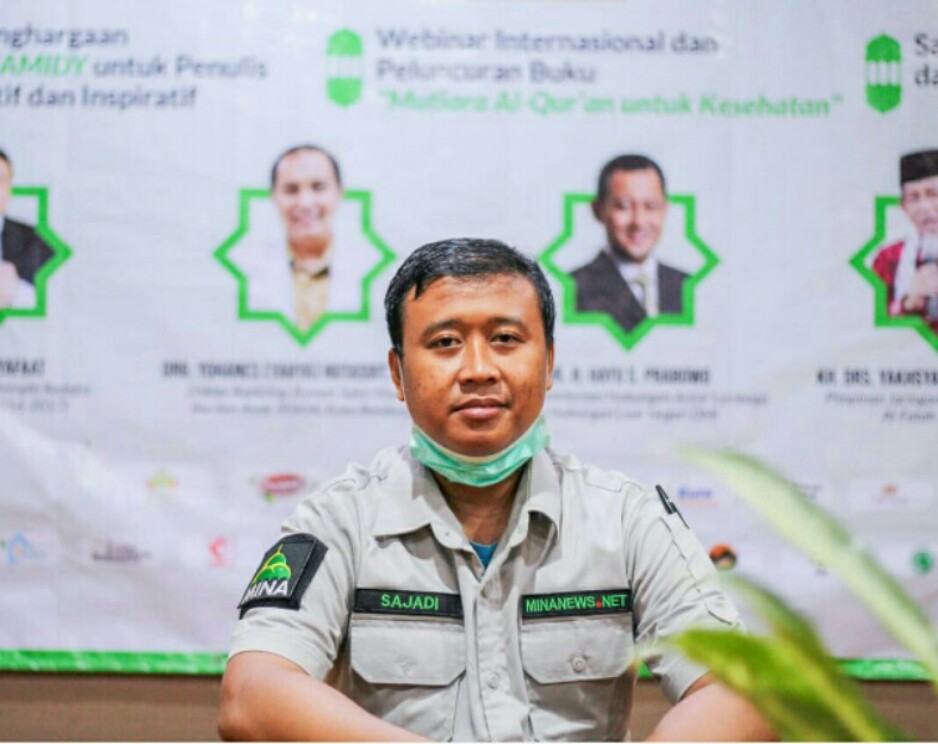
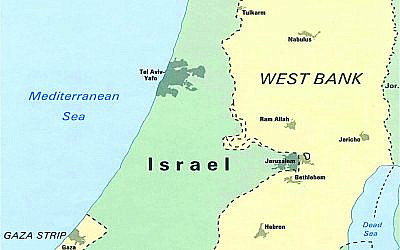

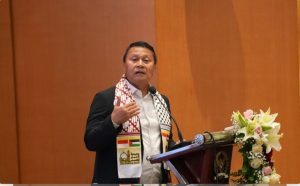
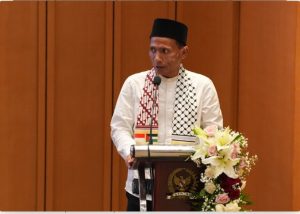
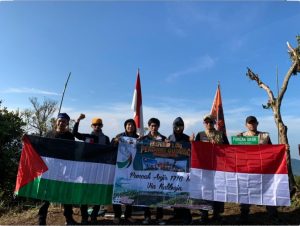
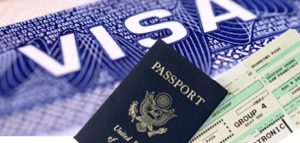
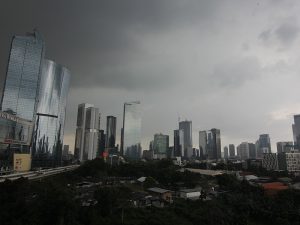
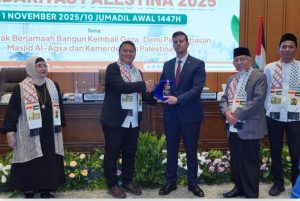
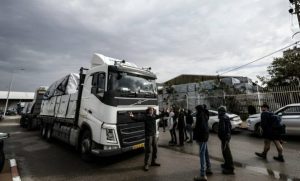

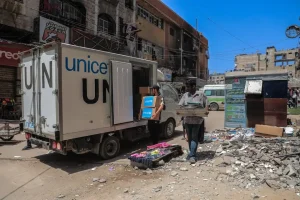
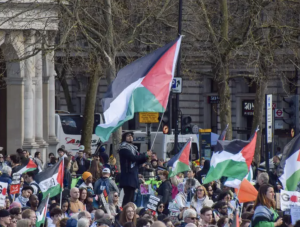
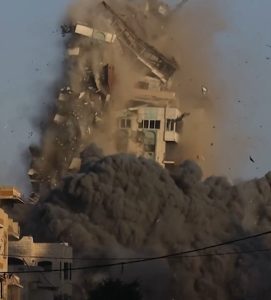
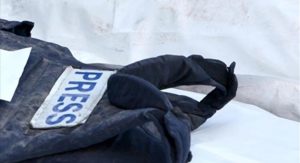
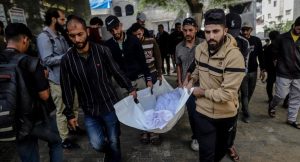
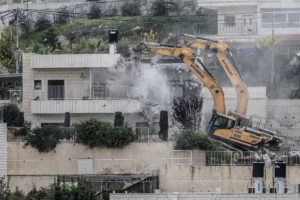







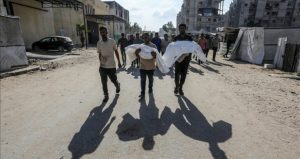
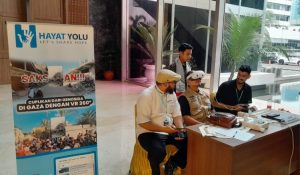



 Mina Indonesia
Mina Indonesia Mina Arabic
Mina Arabic